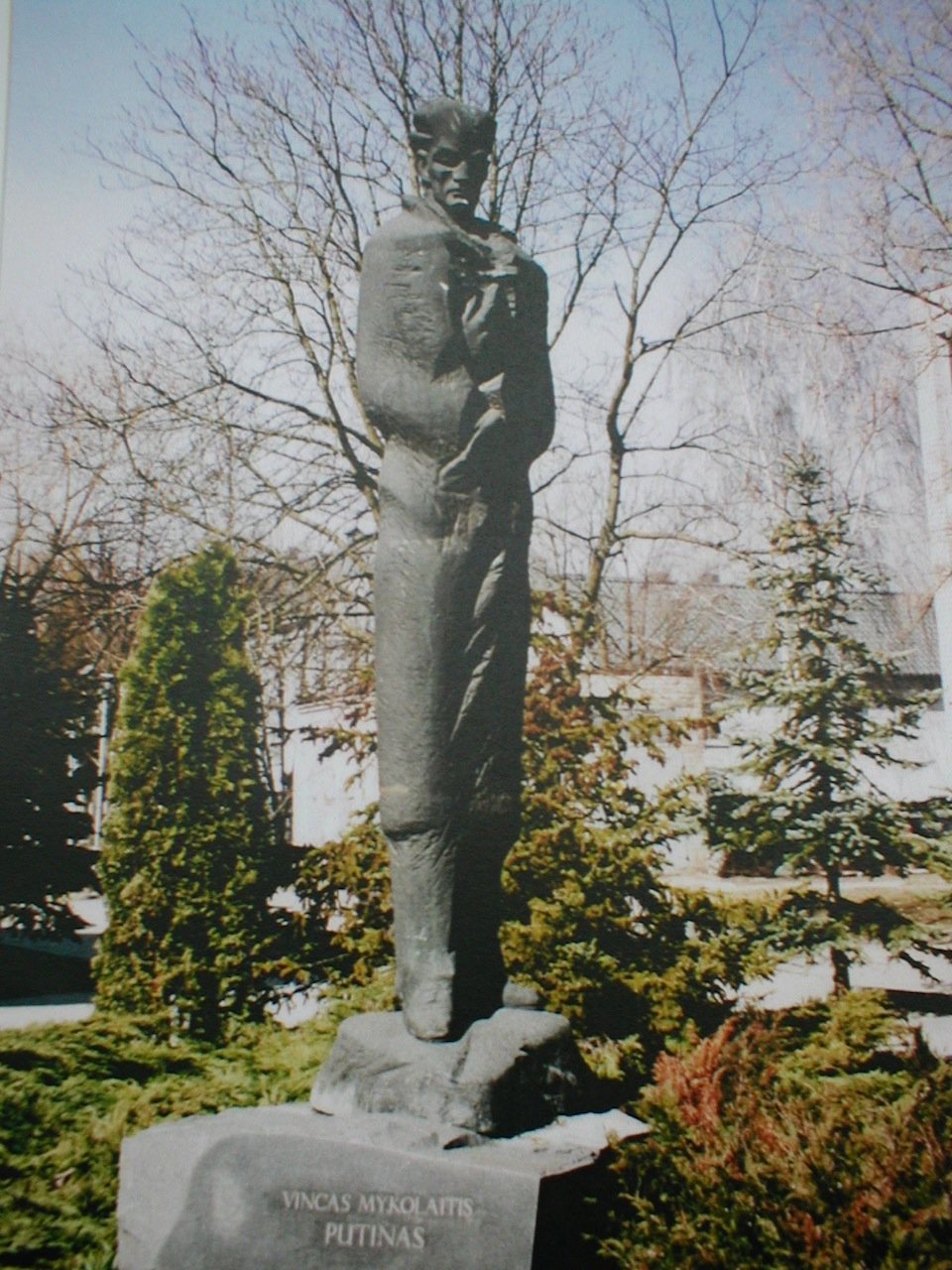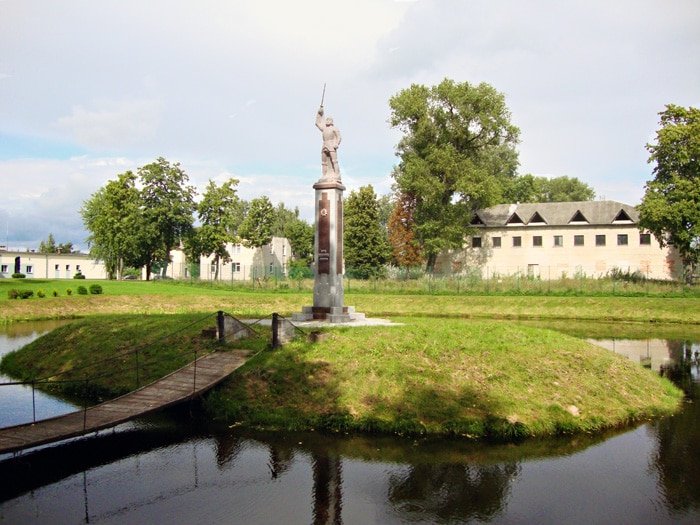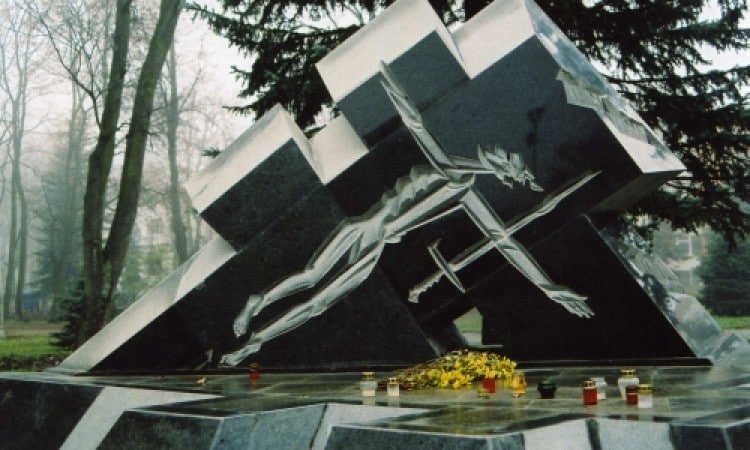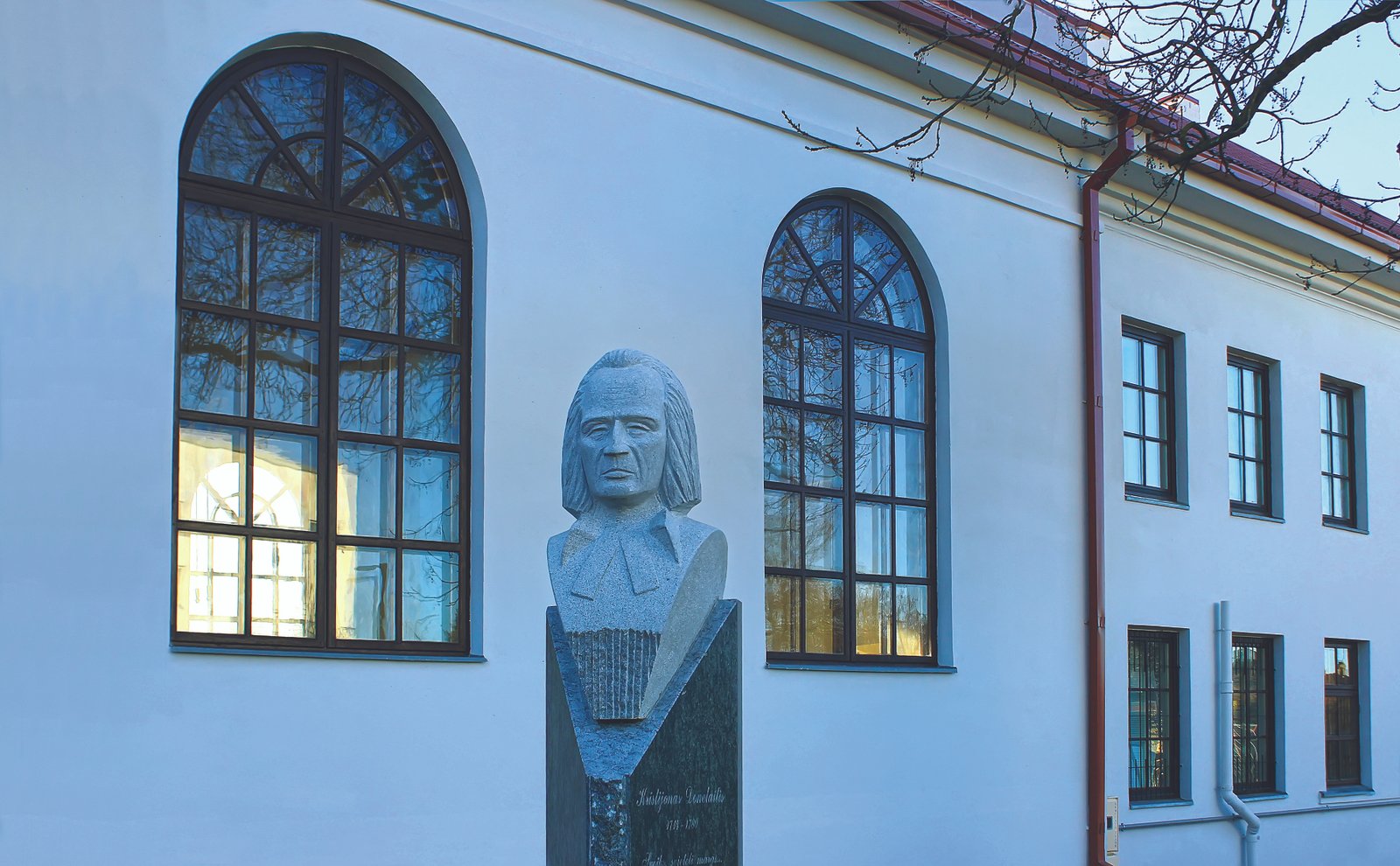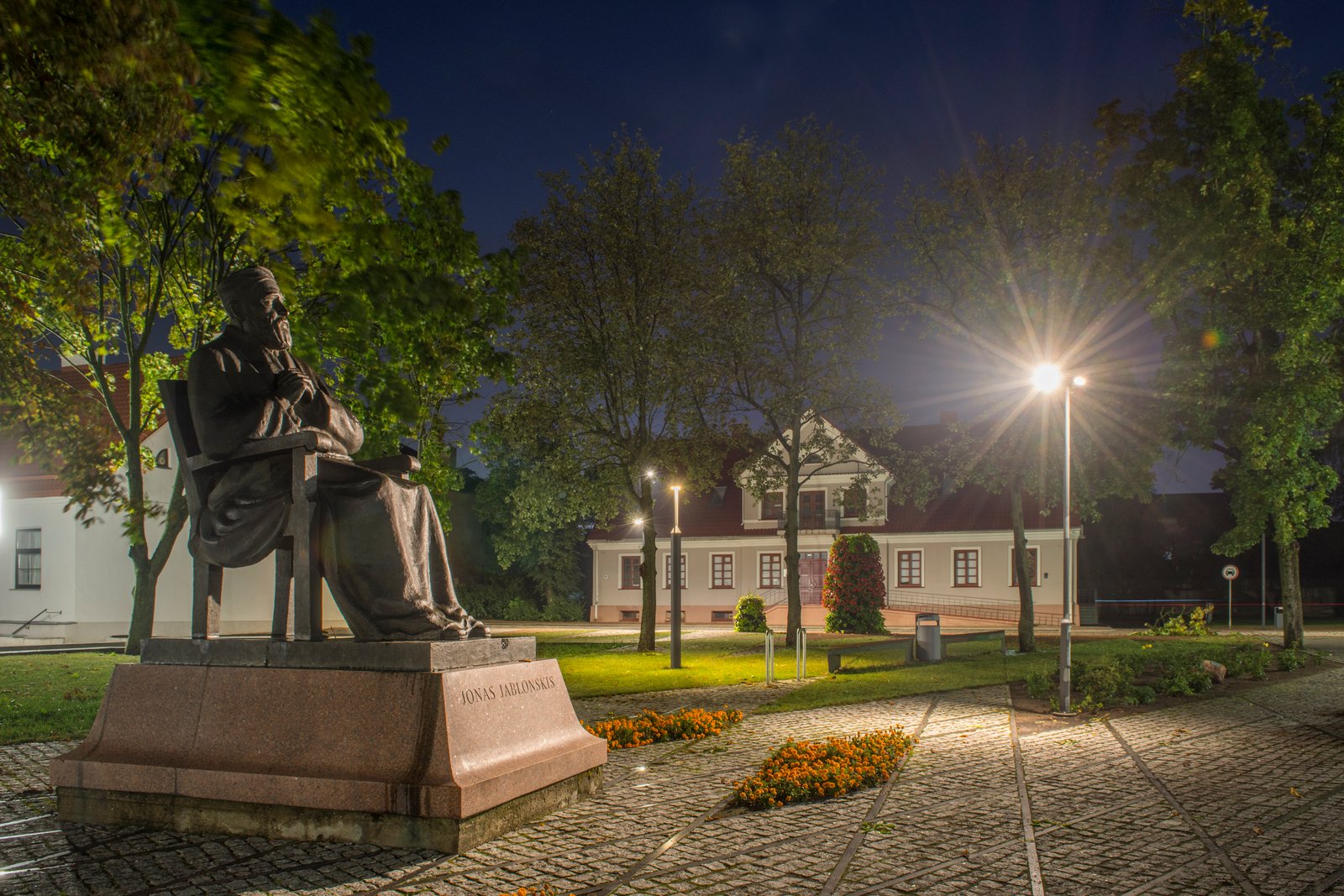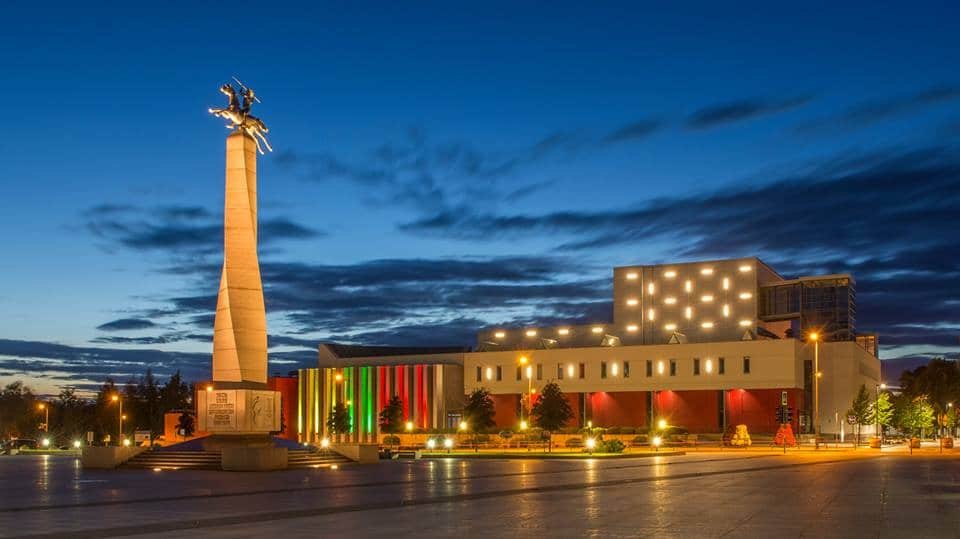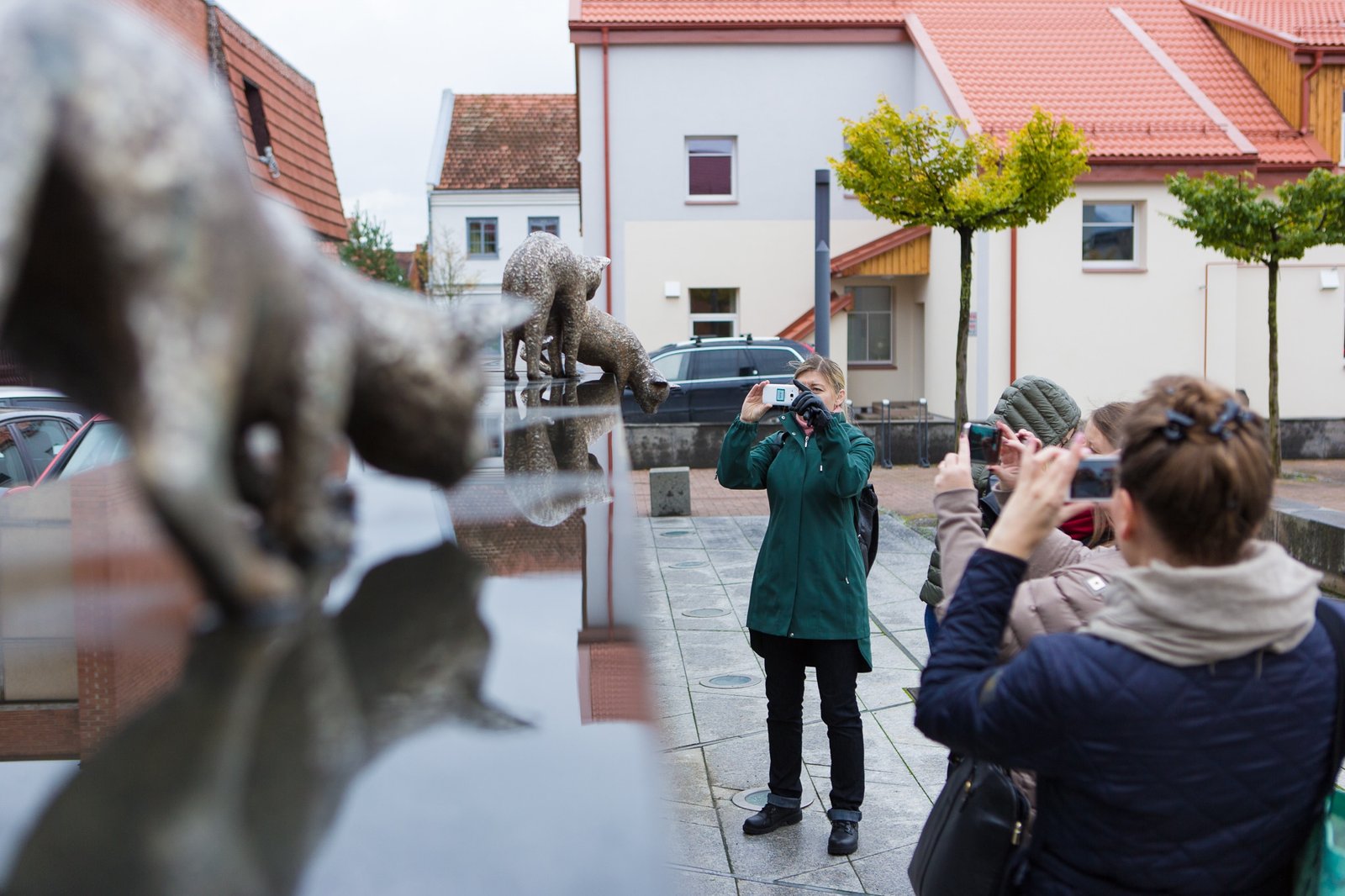Monument to Vincas Mykolaitis-Putinas
Vincas Mykolaitis-Putinas was a Lithuanian poet and prose writer, literary historian, philosopher and translator. Best known for his symbolist poems and novel “Altorių šešėly". The novel, which appeared in 1933, gained enormous popularity. “Altorių šešėly" is the first work in Lithuanian literature, which shows the beginning of the 20th century, the life of priests and the experiences of a young priest. In 1993, a monument to the classic of Lithuanian literature Vincas Mykolaitis-Putinas was unveiled. Sculptor Alfonsas Ambraziūnas, "...metal perpetuates the world of the writer's spirit and the legacy of creation". The project was prepared by architect Valentinas Medelis.

